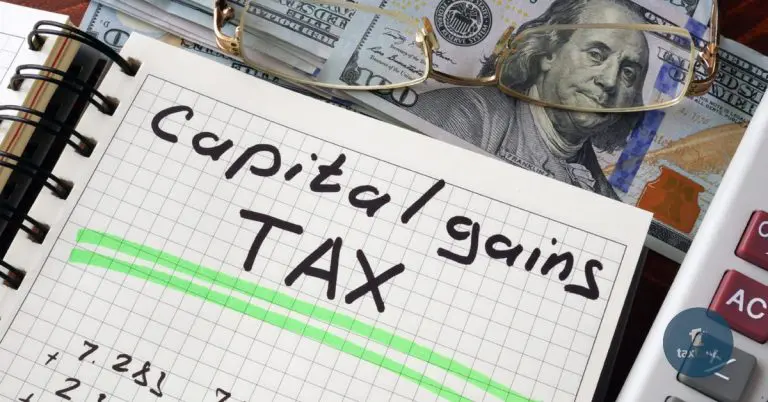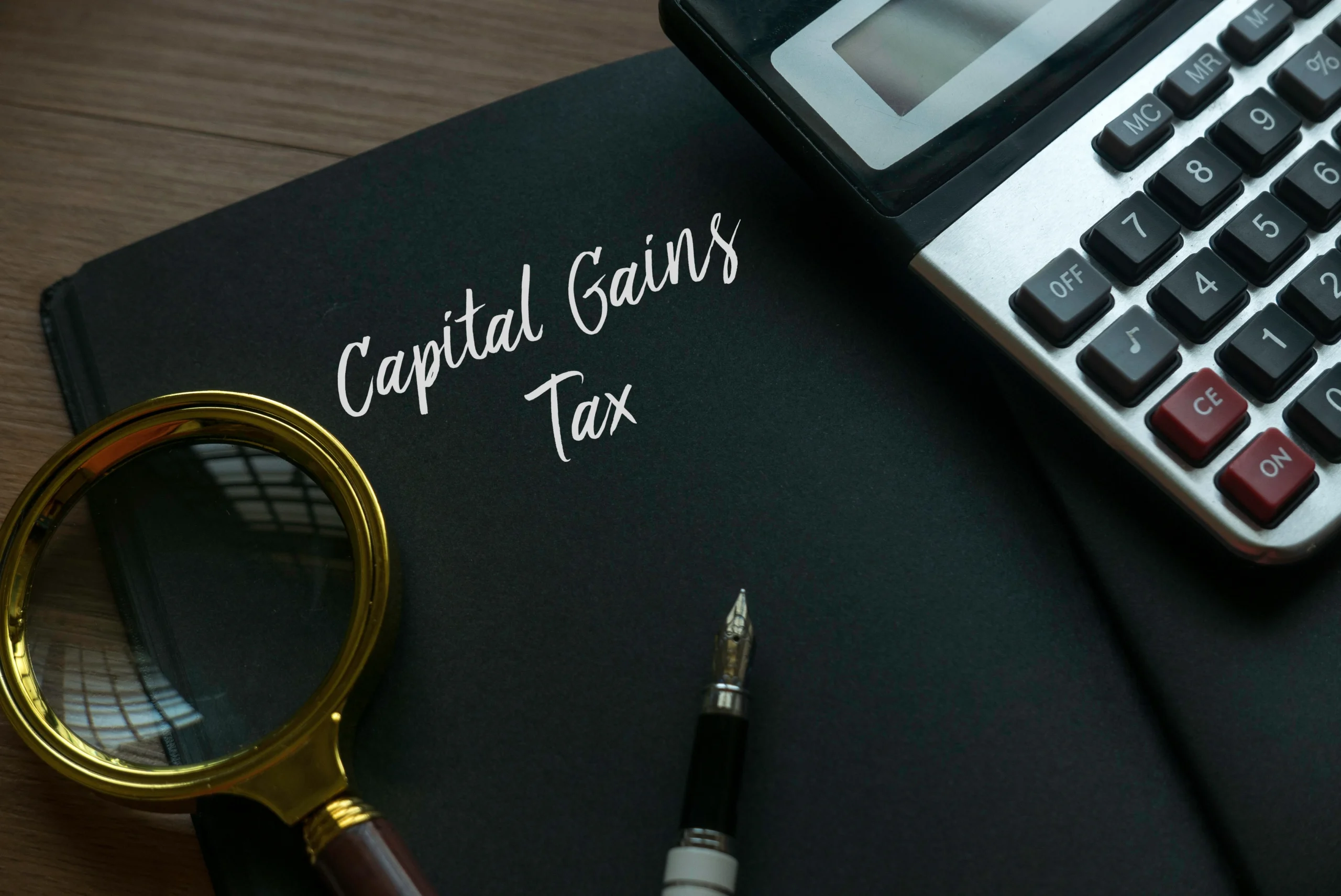Capital gains tax (CGT) is one of the many important factors that a property investor must take into account when making big investment decisions. The profit you make when you sell an investment property is technically classed as personal income, and as with salaries, wages and business profits, the Federal Government will be coming after their share at tax time..
One predictable thing about investing in property is that you will probably have to pay some Capital Gains Tax (CGT) eventually. Unless, of course, you hold your property for the extreme long term, and then your beneficiaries will have to face this tax. It’s a big deal, but it’s a concept that many property investors struggle to understand and come to terms with.
Capital Gains Tax was introduced to Australia in 1985 and applies to any asset you’ve acquired since that time unless specifically exempted. According to the Australian Tax Office, a capital gain or capital loss on an asset is the difference between what it cost you to buy and how much you receive when you sell it.
How much tax do I pay on capital gains?
As a property investor, your capital gains forms part of your personal taxable income, and although it has a separate name, the Capital Gains Tax is not considered a separate tax from your income tax. Accordingly, your Capital Gains Tax will be based upon your individual tax rate, which is not a fixed amount but a result of your different incomes combined.
How to get CGT discounts
Capital Gains Tax can be tricky for property investors to avoid. Fortunately, there are a number of ways to bring down the amount of Capital Gains Tax you pay and help boost your property profits. Firstly, if you’re an Australian resident and own the property for 12 months or more, then you will receive a 50% discount on the capital gain when you sell it.
For example, if you’re left with a net capital gain of $100,000 after selling your property you will only have $50,000 added to your total taxable income. So, if the salary you earn from your job is $65,000, your total taxable income will become $115,000. It may still look like a big jump, but if you sell within 12 months, or are a foreign resident for tax purposes, you forfeit the discount altogether which is much worse…
Other ways to lower your Capital Gains Tax
As your Capital Gains Tax is added to the rest of your taxable income, a clever way to minimise how much you pay is to maximise other deductions in your tax return. For example, making concessional superannuation contributions or prepaying interest on investment loans would go a long way to reducing your tax bill.
Timing is also everything, many investors think Capital Gains Tax is applied in the year they settle the sale, however its actually the contract date that defines the event. Where possible, time the contract date for a financial year with your lowest expected income.
It’s also important to understand that your Capital Gains Tax calculation will be based on the sale price of your property, minus your expenses. This is why consistent and accurate record keeping is such a crucial part of growing a successful property portfolio across the years, and these days smart cloud-based software is the way to go!
There are many possible expenses you can include to offset your Capital Gains Tax, here are just a few of the main ones:
- Incidental costs such as stamp duty, legal fees, some bank fees, buyers agent fees, advertising and marketing fees, as well as some travel expenses.
- Ownership costs such as property searches and inspection costs.
- Capital costs like replacing kitchens, bathrooms, flooring, or any other capital improvements you’ve made on the property.
- Title costs including the legal fees associated with organising and defending your title on the property.
If you choose to invest using a Self Managed Super Fund (SMSF), the unique ownership structure provides some extra taxation benefits. The income of an SMSF is generally taxed at a concessional rate of 15%, and if the SMSF sells an asset after owning it for at least 12 months, the fund is also entitled to 33% discount on the gain. In effect, SMSFs will have a tax rate of only 10%, and potentially even less or none at all if the SMSF is paying a retirement income stream to its members.
Although this seems like a very attractive option, there are many other factors to consider, like the potential impact of negative gearing and the liquidity of capital gains. If you want to know more about SMSF’s get in touch with your investment property tax specialist to discuss whether an SMSF would be beneficial for your current situation and long-term investment strategy.
The main residence exemption
When it comes to property, the most well known exemption from capital gains tax is the main residence exemption. This comes up when you sell the home you live you in, which is also known as your principal place of residence (PPR).
To be eligible for the exemption, your property can’t be a vacant block; it must have a dwelling on it, and you must have lived in it. There are a few other boxes to tick for the property to be considered your PPR:
- You and your family live in it.
- Your personal belongings are in it.
- It is the address your mail is delivered to.
- It is your address on the electoral roll, and
- Services such as phone, gas, and power are connected.
What if your home becomes a rental property?
There is a special six-year rule, which means that a property that was previously your PPR can continue to be exempt from Capital Gains Tax if sold within six years of first being rented out. However, this exemption is only available if no other property has been nominated as your main residence. Interestingly, if the same property becomes your main residence once again, then the six-year exemption resets to give investors another six years CGT-free from the date the property becomes income-producing again.
Worried you might loose documents over the years and cost yourself a heap of hard earned dollars? Its a common fear but there is a solution, TaxTank.
From $6/m, TaxTank is a low cost cloud-based software that does way more than just safeguarding your documents year after year. It helps you manage your properties, allocate incomes and expenses from live bank feeds, see your live tax position all year round, and have instant access to your accountant to completely take the hassle out of tax time. What are you waiting for.. 😉
Are you ready to take control of your capital gains tax? Do you want to know exactly what’s happening with your property so you can make informed decisions that minimise how much you pay? With TaxTank’s Property Tank, you’ll know exactly where you stand at any time. Join TaxTank free for 14 days and revolutionise your relationship with Capital Gains Tax and the EOFY!






